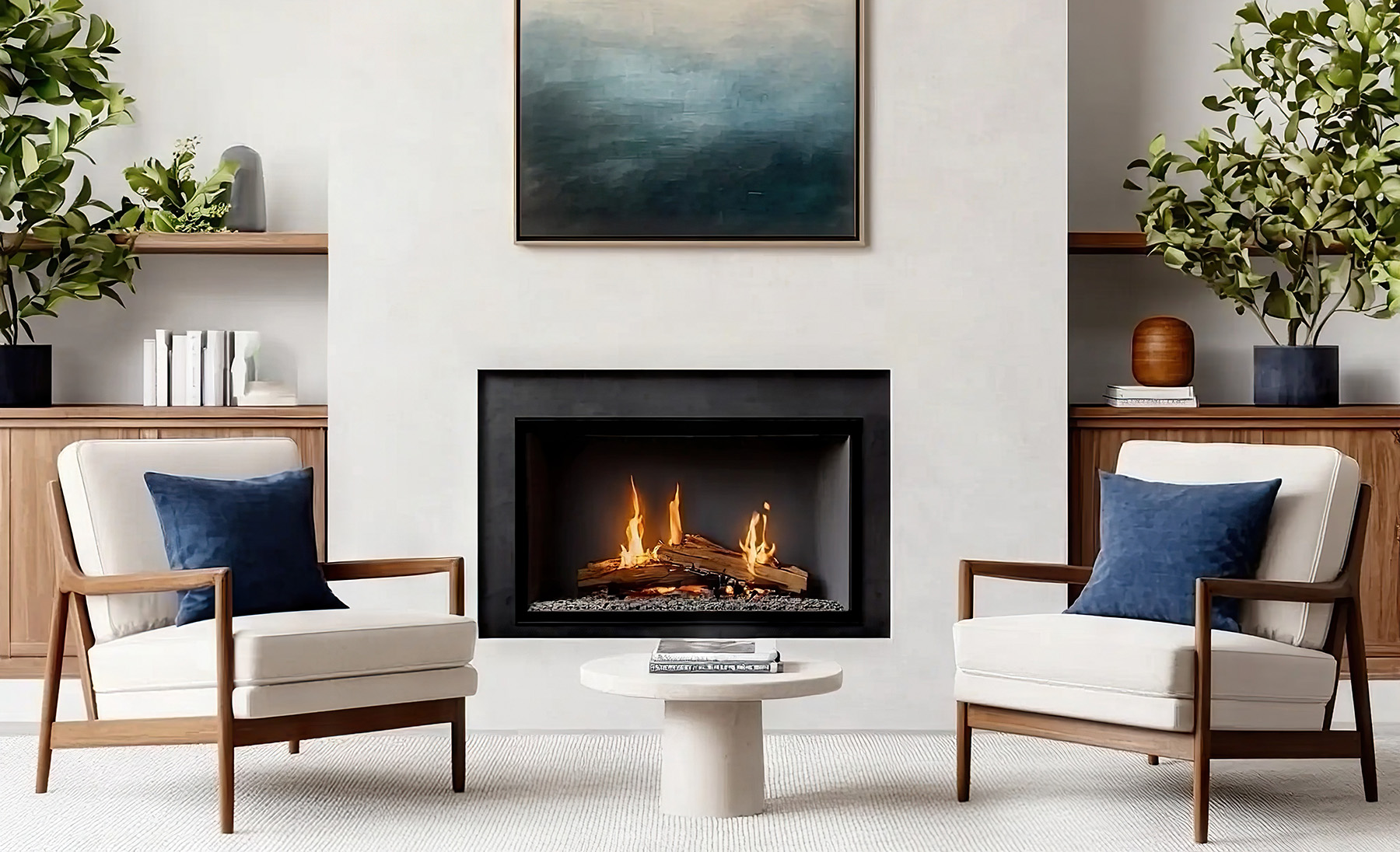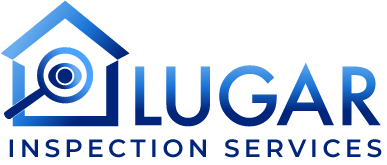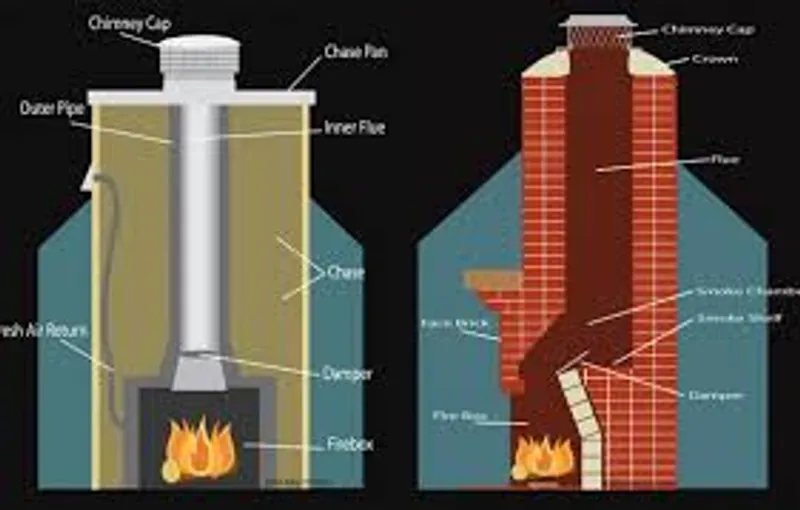Fireplace Inspections
Gas Appliance & Fireplace Inspections by TruView Chimney Inspections

Lugar Inspection Services offers Level I & II chimney inspections with TruView Chimney Inspections.
As part of our commitment to help ensure your protection, please be aware that the National Fire Safety standard requires that a Level II Internal Chimney Camera Inspection be conducted whenever a house is bought or sold. (NFPA 211). The internal elements of the chimney fall outside the scope of your home inspection. Chimney repairs can be very expensive.
Home Inspectors cannot see the inside the chimney. These conditions fall outside the scope of your home inspection.
Homes and/or structures over 20 years old have a higher probability of failure simply because of age deterioration. With over 70,000 chimney fires occurring annually, a Level II Internal Camera inspection is the only way to determine if internal fire hazards are present. A chimney camera inspection is advised on all structures regardless of age.
The cost of a repair to a fireplace chimney is expensive. Generally, repair costs will range from $1500.00 to $5500.00 or more.
Structural defects and Health hazards. When a Chimney flue fails an Internal Inspection, it is considered a potential structural defect and a safety hazard, which may be a negotiable item with the Seller.
Use of specialized camera and F.I.R.E. Certified training is required and provided by TruView Chimney Inspections.
A Level II Inspection will be able to show you these conditions.
- Improper new construction
- Chimney fire damage
- Improper prefab fireplace/flue connections
- Deterioration at gas appliance connections
- Cracks, even hairline cracks, in chimney liners
- Broken or missing tile liners and mortar joints
- Deterioration of the smoke shelf or damper
- “Quick-fixed” thimble holes
- Nests, limbs and other blockages around chimney top
TruView Chimney inspections conducts visual inspections and does not conduct repairs so there is no conflict of interest.
Your House as a System
Even though you can’t see it, the air in your house is constantly in motion. In general, airflow tries to flow out of your house in the upper parts and make up air tries to flow into your house in the lower parts of your house. Thinking of your house as a system makes it easy to understand the reasons for that airflow. The actual flow of air into and out of any home is influenced by a number of constantly changing factors, including stack effect; wind loading; interior mechanical systems and fuel-burning appliances such as furnaces, fireplaces and water heaters.
Homes built in the past 25 years, and older homes that have been renovated, have been made more airtight. This makes it much more difficult for makeup air to enter the home. As the saying goes, “hot air rises”, and so does the warm air in your home.
When the warm air rises to the upper areas it’s called the stack effect. That trapped air creates a pressurized area and forces its way out – through even very small openings such as recessed light fixtures and window frames. At the same time replacement air is trying to enter in the lower part of the building to make up for the escaping air.
Interior mechanical devices such as clothes dryers, kitchen fans, bathroom fans, attic fans and central vacuums can also create depressurization by removing large volumes of air from the house. The result is often negative pressure in the area of a fireplace, gas appliance, or other fuel-fired heating appliance making it increasingly difficult for natural draft chimneys to function as intended.
Draft and Flow
Many experienced chimney professionals use the similarities between water and air to explain the way your chimney works. Although most people don’t realize it, the air moving up your chimney works under the same set of physical principles as water flowing in a hose or pipe.
When a fireplace chimney is full of hot air, it pulls air through the firebox. This pulling effect is called draft and it corresponds to the amount of pressure in a water hose – the only difference is that the air pressure is negative, and the water pressure is positive (think of using a straw to drink with instead of to blow bubbles). Thus, a chimney is called a negative pressure system. Increasing the draft in your chimney is like opening the faucet wider on the hose. The simplest way to increase the draft in your chimney is to burn the fire hotter – hotter air is lighter, so it has more pull. Another way to get more draft is to increase the height of your chimney – except when the chimney is already so tall that frictional forces negate the effect of the extra height.
The Chimney Safety Institute of America and many other fire safety organizations, including the National Fire Protection Association (NFPA) recommend that chimneys and vents are inspected annually and maintained as needed.
Annual chimney inspections by a qualified professional can prevent carbon monoxide intrusion and chimney fires and can also help you identify potential system issues to address them before they become costly.
A well-tuned fireplace – connected to a venting system or flue that is correctly-sized, structurally sound, clean and free of blockages – will operate efficiently and produce a warm and comfortable home. An overlooked system can produce potential death and heartbreak.
Considering the risks involved when gas or wood systems are neglected – and the benefits that accrue when they are properly maintained – you would do well to have your chimneys checked annually by a F.I.R.E. Certified chimney inspector or repaired as needed.

